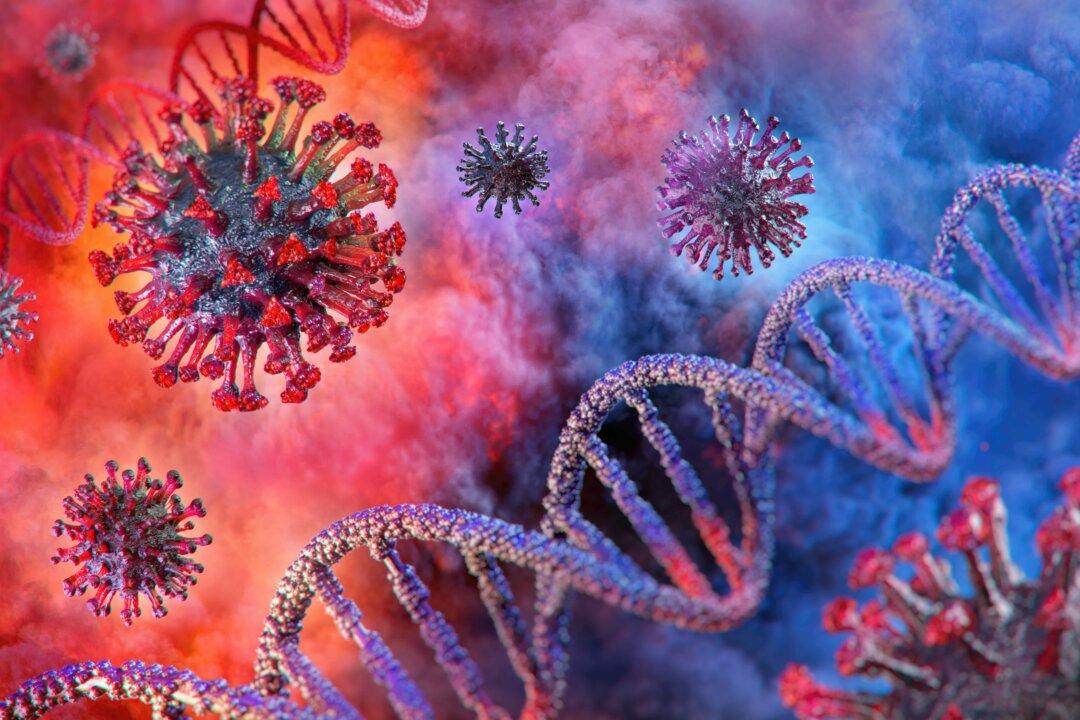Traces of the outbreak are evident in the genetic makeup of people from that area, they’ve found.

Over 4,000 variants of the CCP virus, also known as SARS-CoV-2 or the novel coronavirus, have been identified across the globe. Corona Borealis Studio/Shutterstock
|Updated:




